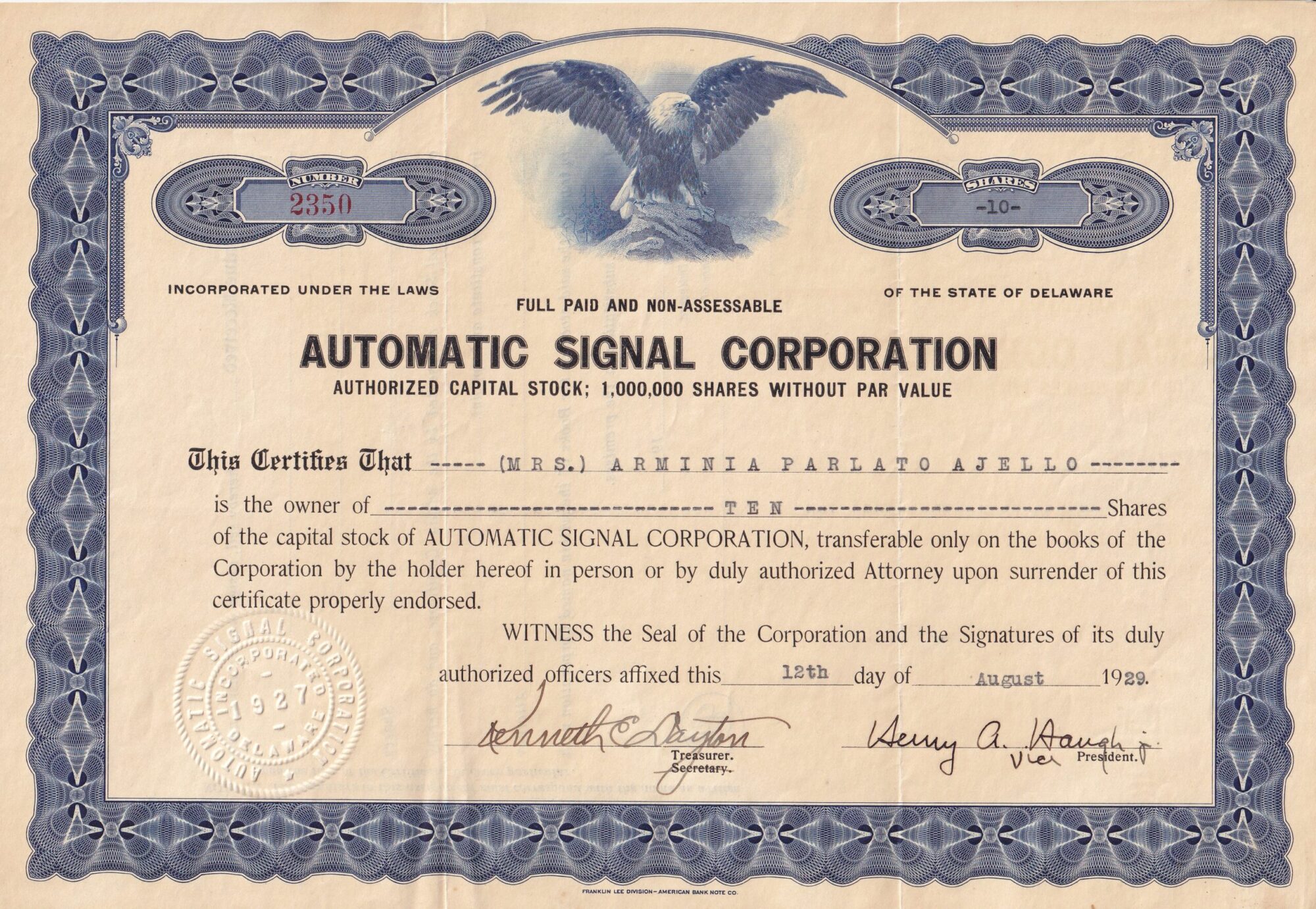On January 14, 2025 it was noted that the 10-Yr Note Non-Commercial Trader net position continued to remain in an extreme range away from the mean. This is still the case indicating the current data aligns with October 30, 2018. The following charts illustrate this alignment between the 10-Yr Note and Dow. A brief rally in the Dow is expected, but this will be followed by an increase in volatility, and a sequence of declines. As of March 14, 2025, the 10-Yr Note structural position aligned with the October 30, 2018 position. There is no expectation of the Fed lowering its range for the federal funds rate.
Note that this information is for educational purposes only and not a recommendation.
Stock charts courtesy of StockCharts.com.
2018
2025
































































